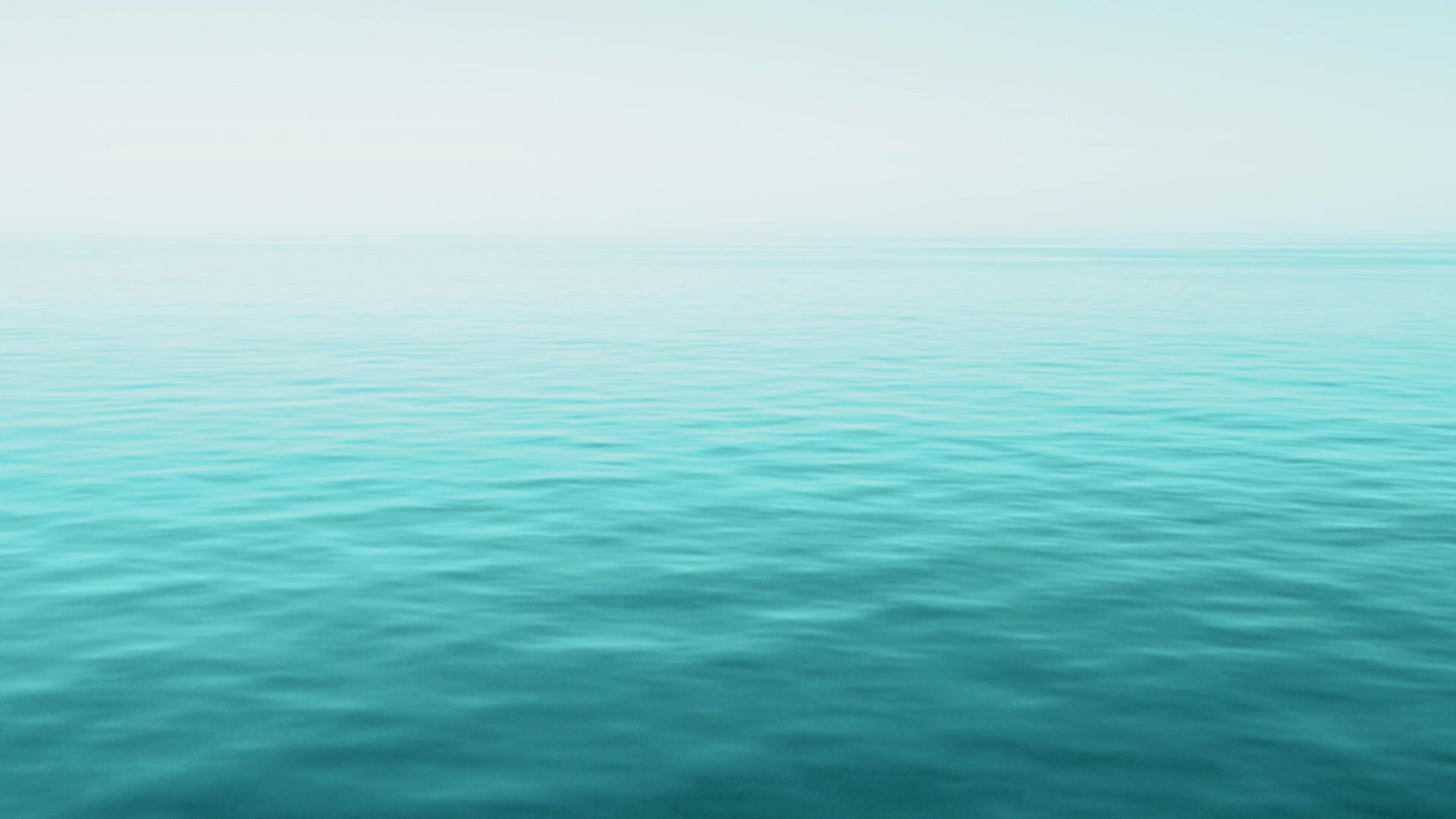top of page

Life Science Resources
Websites
Science A-Z has life science resources that help students understand the structures and functions that make plants and animals similar to one another in some ways and unique in others.
The life science page has a ton of age-appropriate lessons to teach in your classroom.
Science News for Students provides age-appropriate, topical science news to students and educators.
Kiddy House is an all things homework help or research tool. There are worksheets and more for educators to use.
Education.com has a wide range of interactive lesson plans that help from exploring the workings of the human body all the way to understanding the importance of natural resources and recycling.
Apps & Virtual Labs
Scratch is the world’s largest coding community for children and a coding language with a simple visual interface that allows young people to create digital stories, games, and animations.
Canva is an online design and publishing tool that allows students to create and design anything they want.
This lab demonstrates the idea of natural selection and the need for survival.
In this lab, students will lay out the evolutionary relationships and link them together through a spectacular array of species.
In this lab, students will explore plants and understand how they make food.
Lesson Plans
K-1st grade
In this lesson, students will describe the life cycle of a butterfly from egg to butterfly.
3rd-5th grade
In this activity, students will explore the various ways in which organisms reproduce and the role reproduction plays in the cycle of life.
K-2nd grade
In this lesson, students will use knowledge of the characteristics of living things to categorize objects as living or non-living.
2nd-5th grade
Students will put their knowledge of adaptions into play by "creating" an insect that is adapted to live in their assigned environment.
2nd-5th grade
In this lesson, students will learn about plant reproduction and use data to construct explanations about which flowers are the most attractive to different pollinators.
bottom of page